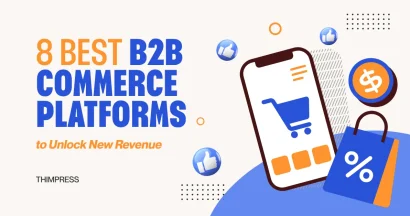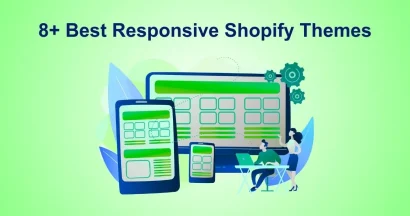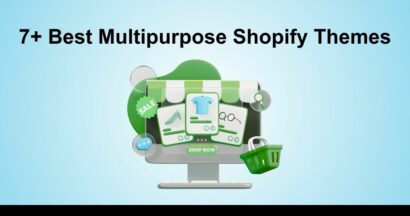For any entrepreneur, creative, or small business owner, choosing where to sell online is a foundational decision. The Shopify vs Etsy debate is often at the center of this choice.
Each platform offers a distinct path to e-commerce success, but they are built on fundamentally different models.
Etsy provides immediate access to a vast marketplace of active buyers, while Shopify offers the tools to build a powerful, independent brand.
This guide provides a detailed Etsy vs Shopify comparison, breaking down features, scalability, and the all-important fee structures.
Whether you are launching your first product or planning to scale an existing shop, this analysis will help you determine which platform aligns with your business goals.
Let’s get started!
COMA – Modern Multipurpose Shopify Theme OS 2.0
We provide an amazing Shopify theme with fast and responsive designs. Let’s find out!
Shopify vs Etsy: At a Glance
Before diving into the details, here is a high-level overview of how the two platforms compare:
| Feature | Shopify | Etsy |
| Model | Standalone E-commerce Platform | Online Marketplace |
| Best For | Serious businesses building a long-term, independent brand. | New sellers, hobbyists, and makers of handmade or vintage goods. |
| Ease of Setup | Moderate. Requires theme selection and page setup. | Very Easy. You can start listing products in minutes. |
| Branding | Complete control. Custom domain, themes, and branding. | Limited. The shop operates within Etsy’s branded framework. |
| Audience | You must drive 100% of your own traffic. | Access to millions of active buyers already on the platform. |
| Fees | Monthly subscription fee + payment processing fees. | No monthly fee (Standard). Pay per listing, transaction, and payment. |
| Scalability | Extremely high. Supports enterprise-level businesses. | Limited. Best for small to medium-sized sellers. |
The Core Difference: Marketplace vs. Independent Store
Understanding the Shopify vs Etsy dynamic starts with one concept: marketplace versus standalone store.
Etsy: The Built-in Marketplace Advantage

Etsy operates as a massive online marketplace. It is like opening a stall in a famous, sprawling craft market that millions of people visit every day.
- Pros: The biggest advantage is the built-in audience. Buyers are already on Etsy searching for products just like yours. This significantly lowers the barrier to getting your first sale and requires less initial marketing effort.
- Cons: You are in a crowded hall. Your listings appear directly alongside your competitors. Furthermore, your brand is secondary to Etsy’s. Customers will often say they “bought it on Etsy,” not “bought it from your shop.” You also have limited control over the customer experience and policies.
Shopify: The Independent Brand Builder

Shopify is a platform that allows you to build your very own, independent website. It is such as constructing your own flagship store on your own piece of land with your own custom sign.
- Pros: You have 100% control over your brand, from the website design and domain name (yourshop.com) to the customer experience and marketing. You build a direct relationship with your customers, allowing you to create email lists and foster repeat business.
- Cons: You have no built-in traffic. When you launch, you are an unknown store on an unknown street. You are entirely responsible for all your marketing—SEO, social media, paid ads—to attract visitors.
A Detailed Breakdown: Etsy vs Shopify Features
Let’s compare the practical features that will affect your daily operations and long-term growth.
Ease of Use and Setup
Etsy is the clear winner for beginners. The setup process is incredibly straightforward. You create an account, design a simple banner, and start adding product listings. The interface is user-friendly and guides you through each step.
Shopify involves a steeper learning curve. While its setup wizard is helpful, you are responsible for choosing a theme, customizing your homepage, creating pages (like “” and “Contact”), and configuring payment and shipping settings. It is more involved but also far more powerful.
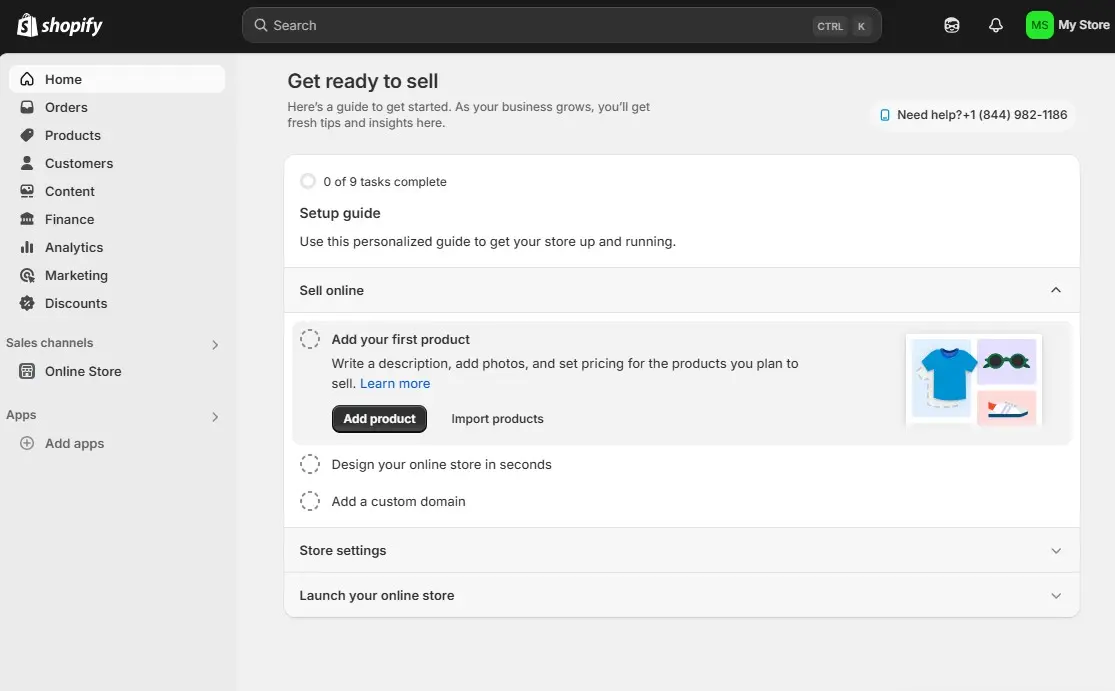
Branding and Customization
This is a major point of difference.
Etsy offers minimal customization. You can upload a shop banner, a logo, and an “About” section. However, your shop’s layout, product pages, and checkout process are identical to every other shop on the platform.
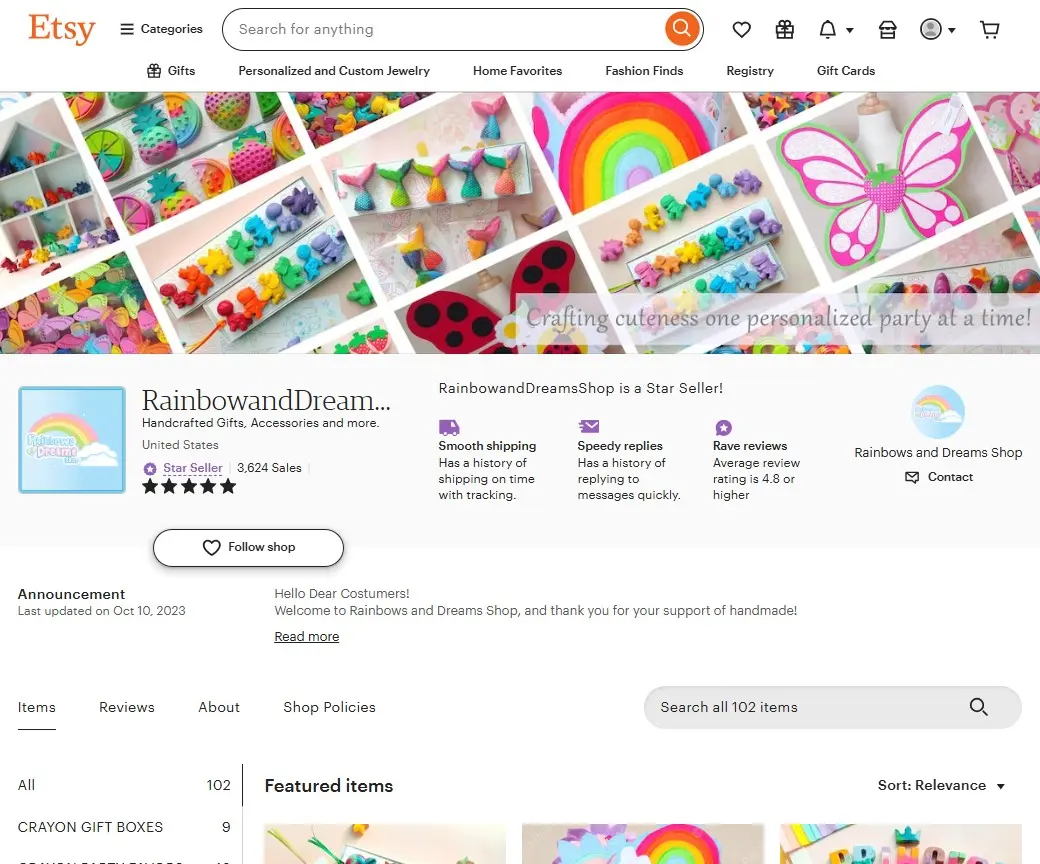
Shopify provides almost unlimited customization. You have access to thousands of free and premium Shopify themes that control your store’s look and feel. You can customize layouts, colors, and fonts. For those with technical skills, you can even edit the site’s code for a truly unique brand presence.
Integrations and Scalability
Etsy provides basic tools for managing listings and orders. Its capabilities are self-contained and not designed to be extended. As your business grows, managing high-volume orders, complex inventory, and customer service can become difficult.
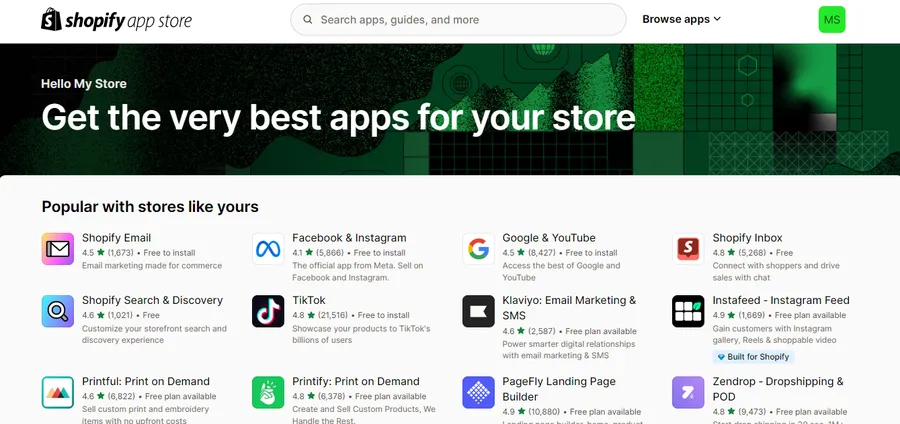
Shopify is built for scale. Its true power lies in the Shopify App Store, which offers thousands of third-party apps for everything:
- Advanced email marketing
- Accounting and bookkeeping
- Inventory management across multiple locations
- Customer loyalty programs
- Shopify Dropshipping and fulfillment integrations
This ecosystem allows your store to grow from a small side project to a multi-million dollar operation without ever needing to change platforms.
The Deciding Factor: Shopify vs Etsy Fees
For many, the Etsy vs Shopify decision comes down to cost. Their fee structures are dramatically different, and understanding them is crucial.
Etsy’s Fee Structure: “Pay-as-you-go”
Etsy’s model is attractive because there is no monthly subscription fee for a standard shop. Instead, you pay a series of smaller fees per sale.
- Listing Fee: $0.20 USD for each item you list, which is valid for four months. If the item doesn’t sell, you must pay $0.20 to renew it.
- Transaction Fee: When you make a sale, Etsy charges 6.5% of the total order amount (including shipping and gift wrapping).
- Payment Processing Fee: Etsy Payments, the platform’s required processor, charges a fee. In the US, this is typically 3% + $0.25 per transaction.
- Offsite Ads Fee (Mandatory for many): This is the most complex fee. If you make a sale from an ad Etsy places on Google or social media, you are charged an additional fee. This is 15% for sellers who have made less than $10,000 in the past year, and a mandatory, locked-in 12% for sellers who have made over $10,000.
Shopify’s Fee Structure: “Monthly Subscription”
Shopify operates on a subscription model. You pay a flat monthly fee for access to the platform.
- Monthly Plan Fee: The “Basic” plan, which is sufficient for most new businesses, is typically around $39/month.
- Payment Processing Fee: If you use Shopify Payments, you pay a processing fee (e.g., 2.9% + $0.30 per online transaction in the US).
- Transaction Fees (if not using Shopify Payments): If you use a third-party payment gateway (like PayPal), Shopify charges an additional transaction fee on top of what the gateway charges. This fee is waived if you use Shopify Payments.
Shopify fees vs Etsy fees: The Breakeven Point
Comparing Shopify fees vs Etsy reveals a clear pattern:
- Etsy is cheaper for low-volume sellers. If you are just starting or only make a few sales per month, Etsy’s pay-as-you-go model is more cost-effective.
- Shopify becomes cheaper as you scale. As your sales volume increases, Etsy’s 6.5% transaction fee (plus the other fees) quickly adds up. A business doing $5,000 in monthly sales would pay $325 in transaction fees alone on Etsy, not including listing, payment processing, or ad fees. On Shopify, the fee would be a flat $39 plus the lower payment processing fee.
The significant difference in Shopify fees vs Etsy fees means that high-volume sellers will almost always save money on Shopify.
Who Should Choose Etsy?
Etsy is the ideal choice for:
- Hobbyists and Beginners: You can test a product idea with minimal upfront investment and risk.
- Makers of Handmade or Vintage Goods: Etsy’s audience is specifically looking for unique, handmade, and vintage items.
- Sellers with No Marketing Budget: You can leverage Etsy’s internal traffic to get your first sales without managing ad campaigns.
- Those Prioritizing Simplicity: If you want to focus purely on creating products and fulfilling orders, Etsy’s simple interface is perfect.
Who Should Choose Shopify?
Shopify is the superior platform for:
- Serious Brand-Builders: If your goal is to build a well-known, independent brand, Shopify is the only real choice.
- Scaling Businesses: The platform is designed to handle high-volume sales, complex inventories, and international shipping.
- Sellers with a Marketing Plan: If you are comfortable with (or willing to learn) SEO, social media marketing, and paid ads to drive your own traffic, Shopify provides the tools to capitalize on it.
- Businesses Needing Control: If you want to control every aspect of your customer’s journey, from the homepage to the checkout, you need Shopify.
The Best of Both Worlds Strategy: Using Etsy and Shopify Together
It is important to note that the Shopify vs Etsy choice does not have to be exclusive. Many successful businesses use a hybrid approach:
- Start on Etsy: Use the marketplace to validate your products and generate initial sales and cash flow.
- Launch a Shopify Store: Once you have a proven product, build your brand’s “home base” on Shopify.
- Use Etsy as a Sales Channel: Continue to sell on Etsy, treating it as a marketing channel to acquire new customers.
- Drive Repeat Business to Shopify: Encourage customers from all channels (including Etsy) to make future purchases directly from your Shopify store, where you have full control and don’t pay high transaction fees.
FAQs ABout Shopify vs Etsy
Q1: What is the single biggest difference between Shopify vs Etsy?
The biggest difference is the business model. Etsy is a marketplace where you are a vendor competing with others for a shared audience. Shopify is a software-as-a-service (SaaS) tool that lets you build your own independent website that you must promote yourself.
Q2: Are Shopify fees vs Etsy fees really that different?
Yes. Etsy’s fees are variable and based on a percentage of your sales, which can become very expensive as you grow. Shopify’s fees are primarily a fixed, flat monthly subscription, making your costs more predictable and lower at high sales volumes.
Q3: Can I move my shop from Etsy to Shopify?
Yes. While you cannot “transfer” the shop itself, you can easily migrate your products. Shopify offers apps that can import your Etsy listings, customer data, and order history, making the transition relatively simple.
Q4: Can I sell dropshipped or non-handmade items on Etsy?
Etsy has very strict policies. All items must be handmade by you, designed by you (and made with a production partner you disclose), or be a vintage item (over 20 years old). Reselling and dropshipping of items you did not design are generally prohibited. Shopify allows you to sell almost any legal product, including dropshipped items.
Conclusion: Making Your Final Shopify vs Etsy Decision
Ultimately, the Shopify vs Etsy decision depends entirely on your business goals, resources, and long-term vision. Neither platform is universally “better” than the other; they simply serve different purposes.
- Choose Etsy if you are a creator, hobbyist, or new seller who wants to test an idea, start quickly, and tap into a pre-existing market with minimal risk.
- Choose Shopify if you are a serious entrepreneur focused on building a scalable, long-term brand, and you are prepared to invest in your own marketing to build a lasting business asset.
Evaluate where you are today and where you want to be in five years. Your answer will make your choice clear.
Read more: 8+ Best Responsive Shopify Themes for Mobile & High Conversions
